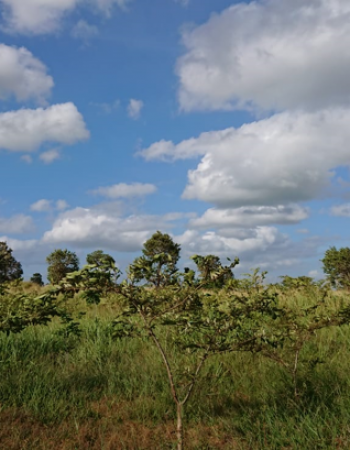
Man adapting to an agricultural way of life is a milestone in the evolution of human civilization.
Over time, they identified the different climate patterns and adapted their agricultural practices accordingly to suit these patterns.
This is why our country too adpated it agriculture to the Yala and Maha seasons based on the monsoon rains.
Gradually becoming resilient to the different climatic conditions they adopted mechanisms for facing these conditions and became successful in their efforts.
But in the face of climate changes – the greatest challenge faced by modern human civilization, the overall community life associated with agriculture was challenged.
This mechanism was not sufficient to become resilient to the extreme weather conditions that resulted from climate changes.
The intensity of the impact of climate change and the rate of change increased so much, there was hardly any time for them to recover and this was another they faced.
We possess very little capacity to directly contol the effects of global factors affecting climate change.
Therefore, it is greatly fitting for countries such as ours to build resilience to climate change.
It was due to this that we had to focus on climate resilient agricultural methods.
Even though the Climate Resilient Agriculture that was introduced to the agricultural sector enhanced the production capacity and the resilience capacity, the greenhouse gas emission was not addressed.
In this background, there arose the timely need for a Climate Smart Agriculture. Therefore, a Climate Smart Agriculture approach that could address simultaneouly the need for the enhancement of production capacity, enhancement of resilient capacity and minimizing greenhouse gas emissions was built.
This is not really strange.
This is a methodology aligning the knowledge, the technology and the experience man has had until now in a more appropriate manner.
Further, it is not an individual or a negotiating activity or a product.
What is done through this is to identify the resilience systems that existed traditionally within the community and empower and plan for aligning with the modern socio-economic systems.
Similarly, it consists of an approach, a guideline and a tool applied for planning of agriculture.
Climate Smart Agriculture is simply a more practical solution concept for the challenges faced by agriculture due to climate change.






















